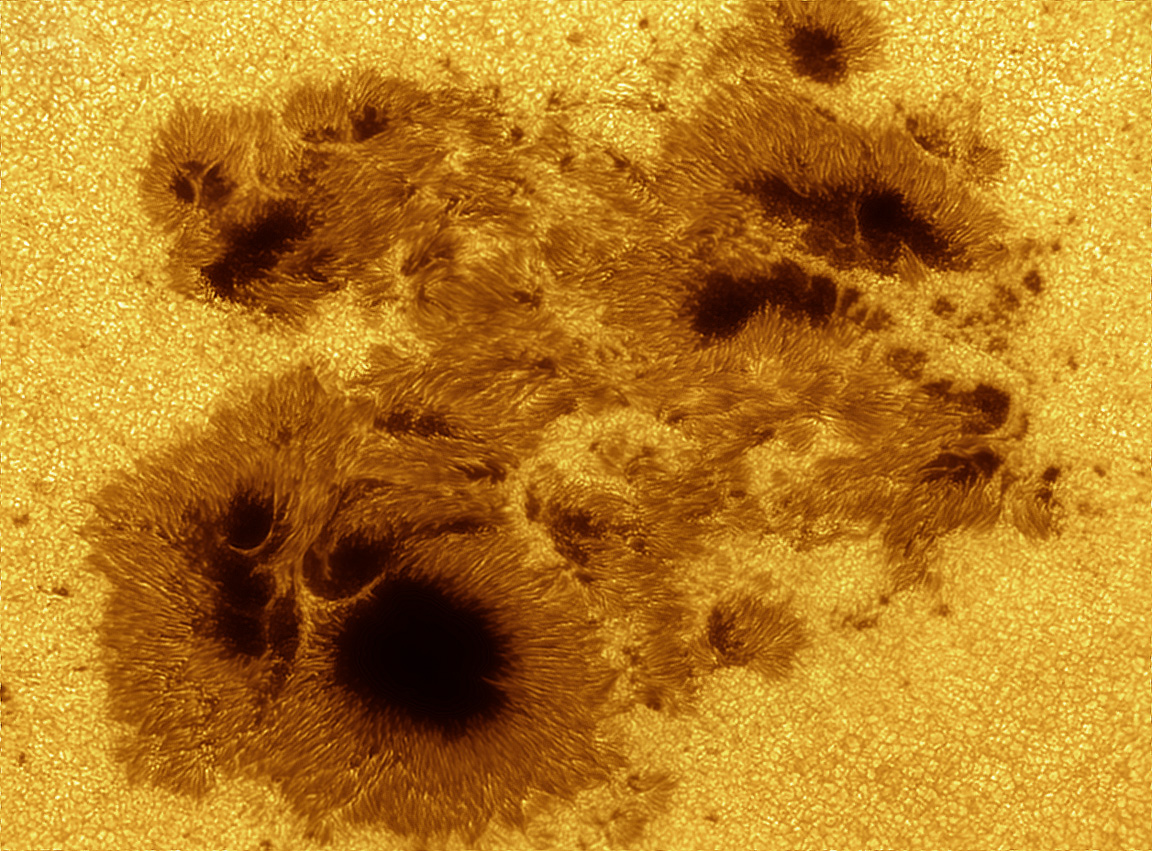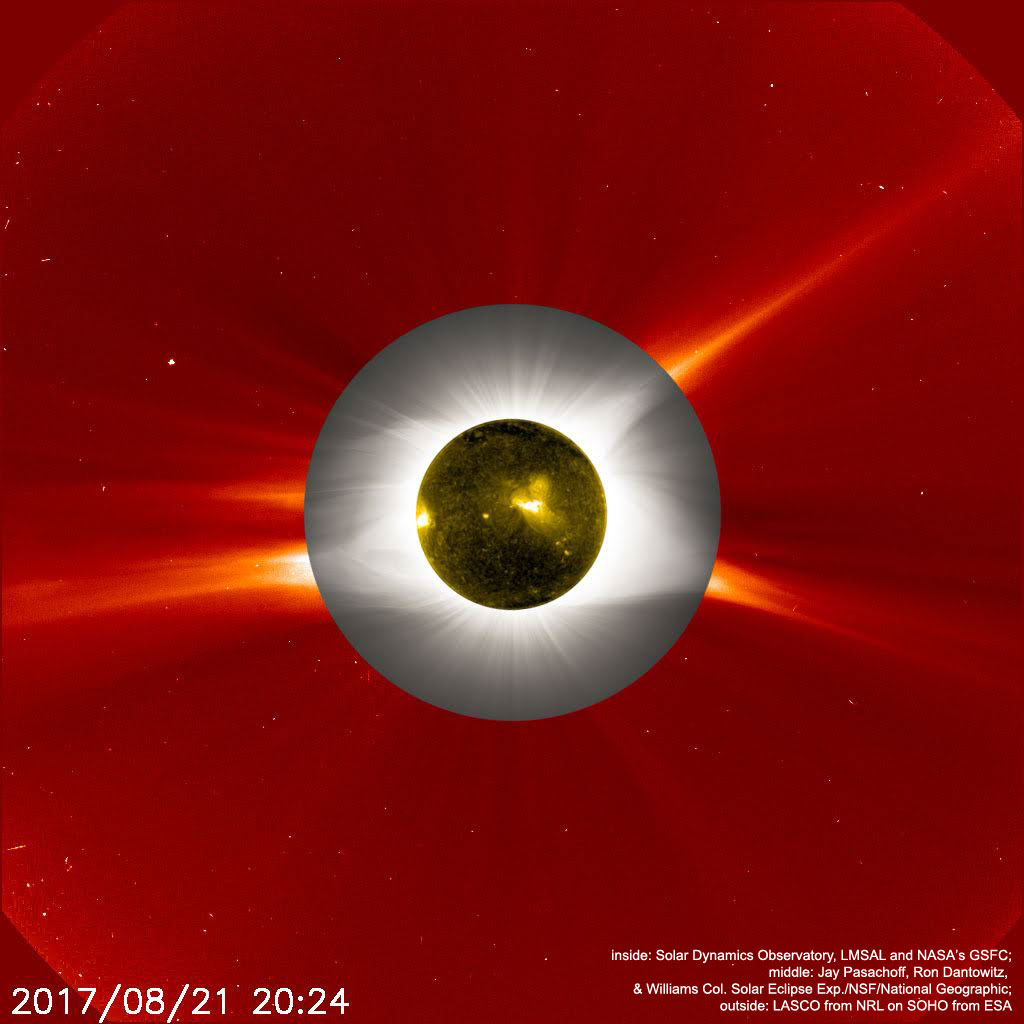Solar magnetic activity provides the dynamic, pulsating heart of the Heliosphere. The transformations of energy which accompany solar magnetic activity remain a mysterious, complex phenomenon, with ramifications which extend beyond space physics into astrophysics as a whole. Routine human presence in near-Earth space and space travel depend on specification, with predictive capability, of galactic and solar energetic particle fluxes and other space weather phenomena. Understanding the magnetic activity to wind to interaction with planets is fundamental to assess habitability and the capacity for life elsewhere. The HERMES (HEliospheRic Magnetic Energy Storage and conversion) DRIVE Center provides a unifying framework characterizing the basic mechanisms of energy storage and release in the natural plasmas of the heliosphere, incorporating the lessons learned within individual specialized subfields and providing a unifying theme to further our understanding of nonlinear plasma dynamics underlying the energy transformations that define the Heliosphere.

The overarching question addressed by HERMES is: Understand how magnetic energy is stored and then channeled into plasma motion, thermal and non-thermal energies in different plasma regimes and environments, from the photosphere to the outer solar atmosphere, the corona, and to the heliosphere and from the solar wind-magnetosphere interaction down to the ionosphere. Specific questions are:
O1) How are quasi-equilibrium magnetic field configurations formed, energized and then destabilized?
O2) What are the roles of photospheric motions, reconnection, waves, turbulence, and coherent structures (e.g. shocks, current sheets, flux ropes) in plasma and electromagnetic energy transport and conversion?
O3) What are the main particle acceleration mechanisms acting in different regions of the Heliosphere?

We will integrate theoretical modeling, multi-scale numerical simulations, comprehensive remote sensing and in-situ observations as well as data analysis from the Heliophysics Systems Observatory (HSO) (MMS, SDO, STEREO, IRIS, PSP, THEMIS and ARTEMIS), to provide new insight into mechanisms of current sheet formation and destabilization, the triggering of solar eruptions (CMEs) and flares, geomagnetic storms and substorms, and the response of the solar atmosphere and Earth’s ionosphere, the role of turbulence in photospheric, coronal and heliospheric plasma heating and accelration. Together with the remote sensing and direct in-situ observations of the different plasma regions, our targeted laboratory plasma experiments will allow to test our understanding the electromagnetic coupling and energy release/transformation in the heliospheric plasma. Relevance. HERMES addresses NASA Strategic Goal 2: Expand scientific understanding of the Earth and the universe in which we live and the Key Goals 1,2 and 4, from the NRC Decadal Survey 2012, Solar and Space Physics: A Science for a Technological Society. Impact broadening activities. HERMES includes research and higher learning institutions that contribute diversity, collaboration and educational activities. A series of 3 workshops comprising a graduate student lecture component followed by research presentations will be organized in Phase 1. A heliospheric plasma physics course inclusive of numerical methods at the different scales will be developed based on existing courses from team members and will be posted online to enhance educational impacts. Graduate students from member institutions will be able to take this course as part of their official credit work. A dedicated HERMES public web- seminar series will be devoted to the discussion of relevant science. All of the center activities, meetings, telecons, science outcomes, will be broadcast through the HERMES science center web page.
